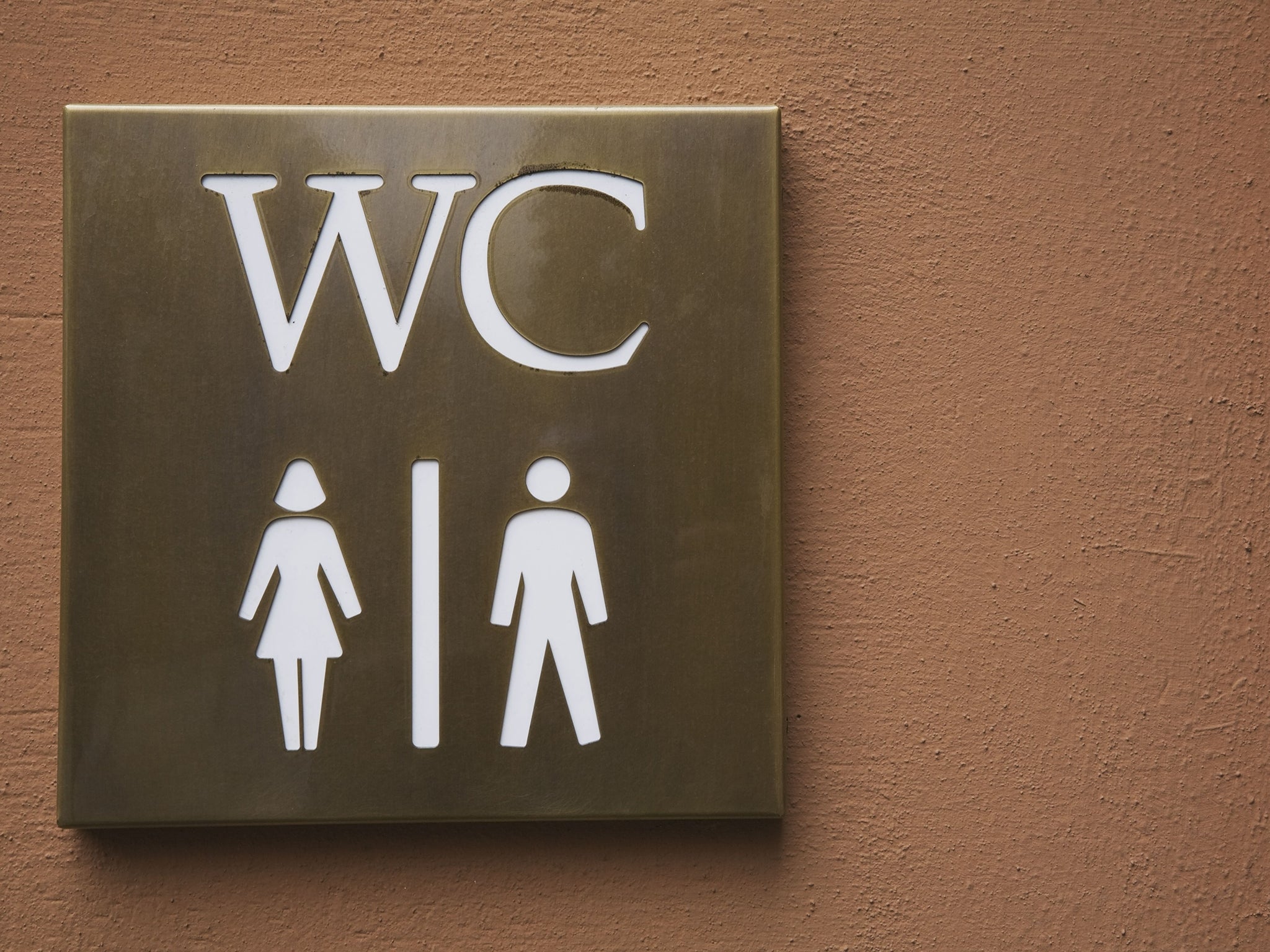Public toilets that allowed women to break free from ‘urinary leash’ granted listed status
‘The appearance of toilets like these represented the gradual opening up of a world of new leisure and work opportunities previously unavailable to women,’ says Historic England spokesperson

Your support helps us to tell the story
From reproductive rights to climate change to Big Tech, The Independent is on the ground when the story is developing. Whether it's investigating the financials of Elon Musk's pro-Trump PAC or producing our latest documentary, 'The A Word', which shines a light on the American women fighting for reproductive rights, we know how important it is to parse out the facts from the messaging.
At such a critical moment in US history, we need reporters on the ground. Your donation allows us to keep sending journalists to speak to both sides of the story.
The Independent is trusted by Americans across the entire political spectrum. And unlike many other quality news outlets, we choose not to lock Americans out of our reporting and analysis with paywalls. We believe quality journalism should be available to everyone, paid for by those who can afford it.
Your support makes all the difference.Grade II listed status has been granted to Victorian and Edwardian public toilets that allowed women to break free from the so-called “urinary leash”.
The “urinary leash” refers to the fact women living in Victorian Britain were unable to travel long distances due to the fact the overwhelming majority of public toilets could only be used by men.
It has been suggested the lack of facilities for women was a cynical ploy to keep them close to home as they were unable to travel far.
The 1899 Bank Hill ladies public convenience in Berwick-upon-Tweed, Northumberland, and the 1904 toilets on Seaburn seafront in Sunderland are historically significant as they are rare early examples of toilets for women.
The first public toilets in the second half of the 19th century were opened in workplaces, railway stations, parks, shops, pubs and restaurants, but the vast majority were strictly for men only.
Women living in Victorian Britain were deemed to be too modest to answer the call of nature when not at their homes.
The first ladies’ lavatories were opened in London’s West End in the 1880’s, meaning women could shop for longer.
But conveniences for women remained rare until after the First World War when women won more social freedom.
The Berwick toilet was designed to look like a rustic cottage, artfully obscuring its purpose to shield sensitive Victorians from the reality of public urination.
It remained in use until the 1950’s and has since been used as a council storage facility and even an ice cream parlour.
The underground toilets at Seaburn catered for men and women. They were closed in the 1960’s but were recently restored and opened again in 2018.
Debbie Mays, head of listing at Historic England, said: “Many people often think of listed buildings only as churches, castles and grand stately homes, but buildings like toilets are also an important part of our nation’s rich history.
“There are captured in the myriad of types included on the list. The lavatories in Berwick and Seaburn reflect the emerging changing social status of women at the end of the 19th and the beginning of the 20th century.
“The appearance of toilets like these represented the gradual opening up of a world of new leisure and work opportunities previously unavailable to women.”
The dearth of toilets for women outside of the home dramatically curbed their ability to enter the public sphere.
Additional reporting by Press Association
Join our commenting forum
Join thought-provoking conversations, follow other Independent readers and see their replies
Comments